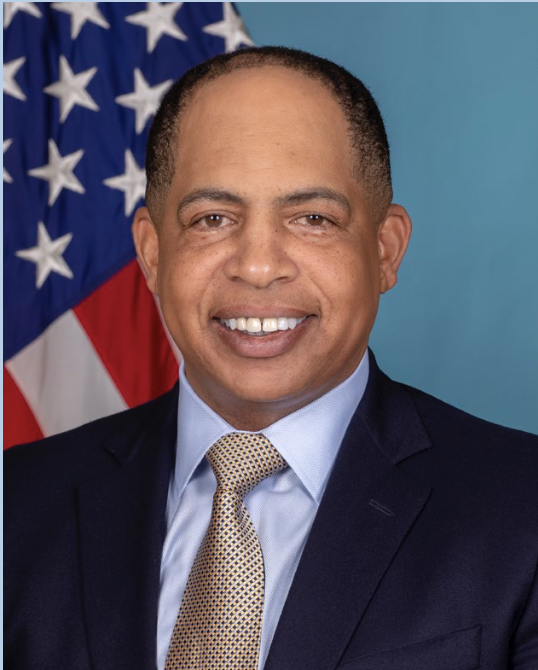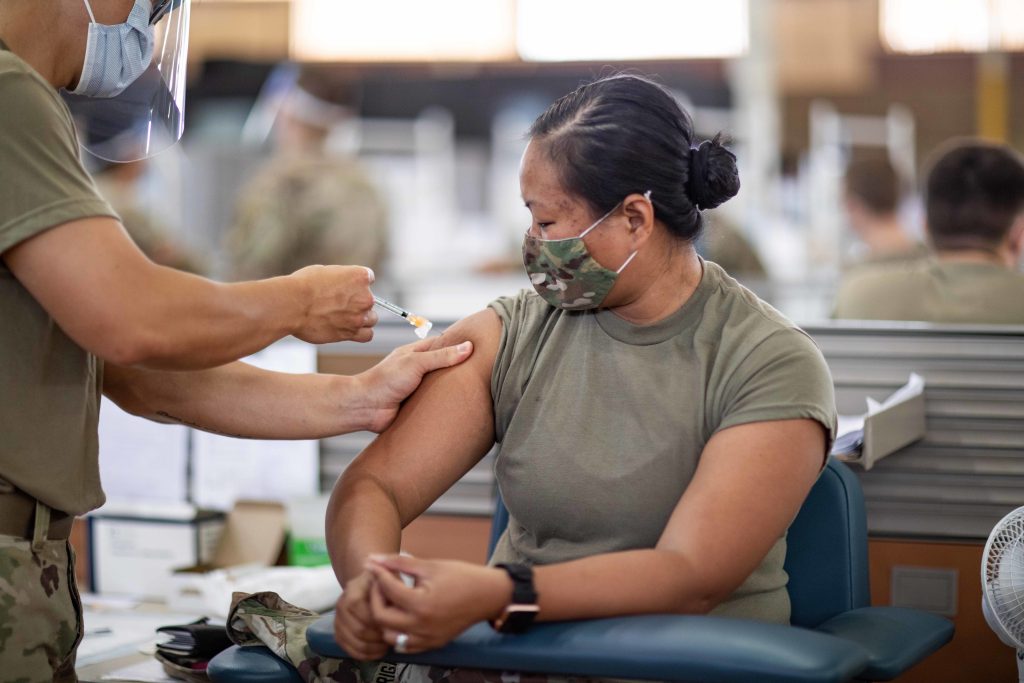
How OTA consortia are delivering for defense acquisition and our warfighters.
by Al Abramson, Brig. Gen. USA (Ret.)
From an acquisition standpoint, the Army’s modernization efforts have made one thing crystal clear: Other transaction authority agreements, or OTAs, have been a pivotal tool. In the wake of the 2020 Defense Department Directive, “The Defense Acquisition System,” which includes the goal to “deliver capability at the speed of relevance,” the OTA model has quickly become the service’s main acquisition strategy to provide cutting-edge technology capabilities within the initial six cross-functional teams. This accelerated model has enhanced the Army’s highest priority modernization efforts, giving our warfighters a decisive edge on the battlefield.
For the Army’s top priority, long range precision fires, the authority has been especially helpful in rapidly delivering technology prototypes for key programs including the Precision Strike Missile, the Strategic Long-Range Cannon, the Extended Range Cannon Artillery, the Long-Range Precision Guidance Kit and the Extended Range 155 mm projectile.
More so than any other branch of service, the Army quickly and continues to be the largest user within DOD: The Army’s OTA usage increased by 500 percent between fiscal years 2017 and 2021, and in that time, the Army awarded more than 1,700 OTAs valued at nearly $11 billion, as reported by GovCon Wire. DOD OTA obligations increased 75 percent in fiscal year 2019 and have increased more than 700 percent since fiscal year 2015, according to the Center for Strategic and International Studies.
The growth in the use of OTAs makes sense. “OTAs allow for greater speed, flexibility and access to small and nontraditional vendors,” Undersecretary of the Army Gabe Camarillo said during a speech at the Potomac Officers Club Annual Army Summit in Virginia last year. These attributes are imperative for a military facing increased near-peer and peer competition across each of the five domains.
There is, however, one benefit to the use of OTAs that Camarillo left out—DOD-sponsored consortia facilitate the collaboration among government, industry and research institutions across important technology areas, like energetic materials, missile technologies, 5G spectrum and more.
A first-of-its-kind report, published by the George Mason University (GMU) Center for Government Contracting, provides key insights into consortia and their critical role in delivering OTA benefits. Specifically, researchers explored data and survey results of 12 different consortia to learn how they enhance innovation, expand the defense industrial base and accelerate the acquisition process for DOD partners.

Al Abramson, Brig. Gen. USA (Ret.)
ENHANCED INNOVATION
In their report, “The Power of Many,” co-authors Stephanie Halcrow and Moshe Schwartz acquired data from 12 of the 42 existing OTA consortia to learn more about their best practices and benefits. One of the key points of interest was how consortia enhance innovation under the OTA model. The answer, according to Halcrow and Schwartz, is through strongly promoting collaboration and communication between government and industry.
The report cites the activities of the National Armaments Consortium (NAC), one of the nation’s oldest and largest consortiums with over 1,000 members including traditional, nontraditional and academic organizations. The NAC regularly holds collaboration events with its partners, the Department of Defense Ordnance Technology Consortium, the Aviation and Missile Technology Consortium, and the Naval Energetic Systems and Technology program.
First, the government presents its technology requirements directly to a room full of industry partners. Between fiscal year 2019 and 2021, each event held by the NAC and its partners saw an average of 45 requirements briefed to an average of 477 industry participants, according to the GMU report.
Second, government representatives brief the requirements, and interested industry counterparts conduct one-on-one meetings to dive into the need, offer suggestions, and raise any concerns. In fiscal year 2019 to 2021, each NAC event resulted in an average of 222 one-on-one meetings between government and member organizations.
Ultimately, , “These events, where industry and government can discuss requirements—even before requirements are firmly set—foster an innovation ecosystem where information flows between industry and government, resulting in more informed requirements and solutions.”

SUCCESS FASTER: DOD and the Department of Health and Human Services’ ability to achieve success during the COVID-19 pandemic using an other transaction authority strategy was the use of the Medical CBRN Defense Consortium. DOD was able to secure personal protective equipment and solicit advanced research and manufacturing for 100 million doses of a COVID-19 vaccine. (Photo by 1st Lt. Angelo Mejia, 3rd Infantry Brigade Combat Team, 25th Infantry Division)
EXPANDED INDUSTRIAL BASE
Conversations surrounding OTAs tend to highlight the authority’s flexibility and speed, but these are byproducts of a much larger innovation strategy. The ability to establish a venue for government and industry to collaborate on complex issues and challenges is its number one priority. Paramount to these benefits, however, is the Other transactions are designed to expand DOD’s access to—and attract—innovative companies and small businesses. Companies without the desire or the resources to contract with DOD are under the more cumbersome, deliberate Federal Acquisition Regulation-based acquisition strategies.
GMU’s The Power of Many report highlighted the impact of the consortia model in supporting efforts to expand the industrial base. Across the 12 participating consortia, researchers found 77 percent of their membership is made up of nontraditional defense contractors. Going one step further, researchers identified more than 4,500 companies that do not traditionally work with DOD and are participating in those same consortia.
Even more significantly, nontraditional defense contractors are not sitting on the sidelines but, instead, are actively driving innovation for America’s warfighters. According to GMU’s researchers, 70 percent of awards from the 12 participating consortia went to nontraditional contractors as the prime contractor. For example, Monte Sano Research Corp., a nontraditional small business based in Huntsville, Alabama, received a $49 million contract award this past November to develop a prototype of the Supersonic Ramjet Artillery Missile through the Aviation and Missile Technology Consortium based at Army Contracting Command ‒ Redstone Arsenal.
Examples like this provide insight into the consortium-based OTA rapid prototyping model. Consortia help bring innovative nontraditional defense contractors and small businesses into the industrial base and provide opportunities for them to collaborate with the government and receive awards. In turn, the nontraditional defense contractors help deliver innovative technology prototypes to give our warfighters a decisive edge on the battlefield.
ACCELERATED ACQUISITION: OPERATION WARP SPEED
Another benefit of OTA consortia is they provide the government with the ability to The best example of this is the most famous success story of the OTA—Operation Warp Speed and the project’s efforts to deliver a COVID-19 vaccine from concept to delivery, as quickly as possible.
. The authors highlighted the DOD and the Department of Health and Human Services’ ability to achieve success using an OTA strategy was the use of the Medical CBRN Defense Consortium (MCDC). Leveraging the MCDC’s members, DOD was able to secure desperately needed personal protective equipment and solicit white paper proposals on advanced research and manufacturing for 100 million doses of a COVID-19 vaccine.
The GMU makes clear that the “MCDC published the solicitation on June 9, 2020, and received 11 white papers. DOD awarded four agreements (Novavax, Pfizer, Sanofi, and Janssen Research and Development). The first agreement on behalf of Operation Warp Speed was awarded within 27 days of the solicitation, and the fourth in less than two months. The first COVID-19 vaccines were administered in December 2020.”
Operation Warp Speed, with the support of MCDC, was a herculean effort made possible by our nation’s ability to collaborate, innovate and develop solutions to our most pressing problems. Warp Speed leadership also stated that the program’s success would not have come so quickly without the consortium-based OTA. Gen. (Ret.) Gus Perna, chief operating officer of Operation Warp Speed, put it best; “Warp Speed would not have gone at warp speed if it was not for the consortium.”
CONCLUSION
As the global geopolitical environment heats up, the use of OTAs by the Army and other service branches will continue to increase, and with good reason. The authority is critical to rapidly developing new technology prototypes that meet the present and future needs of our warfighters.
At the same time, DOD-sponsored consortia will continue to play a pivotal role in developing these technologies. DOD can count on consortia to do what they have always done—promote collaboration, grow the industrial base to include more innovative nontraditional defense contractors, and accelerate acquisition at the speed of relevance.
For more information, go to https://www.nacconsortium.org.
AL ABRAMSON, BRIG. GEN. USA (RET.), serves as the vice president of customer engagement for the National Armaments Consortium. Before that, he served in the military for 30 years in positions within the continental United States as well as overseas. He culminated his career while serving in a dual-hatted role, serving as the joint program executive officer for Armaments and Ammunition, and the commanding general for Picatinny Arsenal, New Jersey. He holds an M.S. in chemistry from Johns Hopkins University; an M.S. in national security and strategic studies from the Naval War College; an M.S.in strategic studies from the Army War College; and a B.S. in chemistry from Virginia State University.







